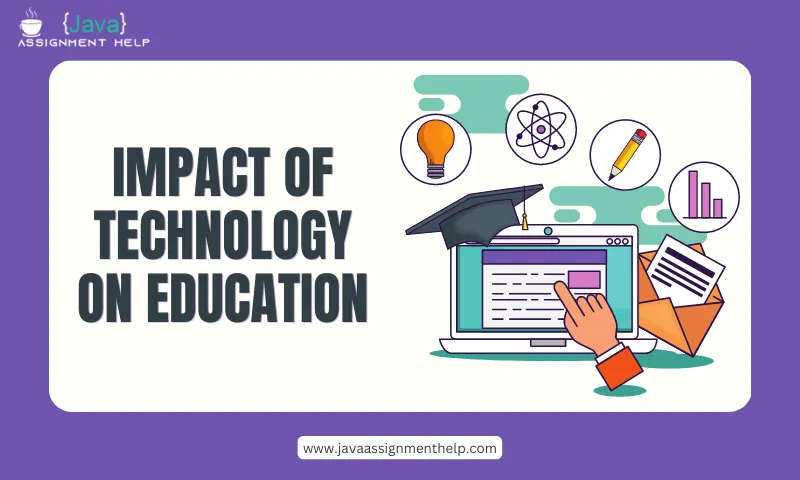What is Social-Emotional Learning?
Social-emotional learning is the process through which individuals learn and apply social and emotional skills to understand and manage their emotions, set and achieve positive goals, feel and show empathy for others, establish and maintain positive relationships, and make responsible decisions. The Collaborative for Academic, Social, and Emotional Learning (CASEL) identifies five core competencies of SEL: self-awareness, self-management, social awareness, relationship skills, and responsible decision-making.
Importance of Social-Emotional Learning in K-12 Education
Social-emotional learning is essential in K-12 education because it helps students develop skills that are crucial for success in school and beyond. SEL not only benefits students’ academic achievement but also their personal and social development. Research shows that students who receive SEL instruction experience improved academic performance, better behavior and social skills, and enhanced mental health.
Moreover, SEL can help students develop the skills and competencies that are in high demand in the modern workforce, such as communication, teamwork, problem-solving, and critical thinking. Therefore, incorporating SEL in K-12 education can prepare students for future success in college, career, and life.
Benefits of Social-Emotional Learning in K-12 Education
Some of the benefits of social-emotional learning in K-12 education are as follows:
Improved academic performance: SEL instruction has been shown to improve students’ academic performance, including better grades, higher test scores, and increased motivation to learn.
Better behavior and social skills: SEL instruction can help students develop positive social behaviors, such as empathy, cooperation, and communication, and reduce negative behaviors, such as aggression, bullying, and anxiety.
Enhanced mental health: SEL instruction can help students develop coping skills, emotional regulation, and resilience, leading to better mental health outcomes and reduced stress.
Preparation for future success: SEL instruction can help students develop the skills and competencies needed for success in college, career, and life, such as problem-solving, decision-making, communication, and teamwork.
Strategies for Implementing Social-Emotional Learning in K-12 Education
Implementing social-emotional learning in K-12 education requires intentional planning and execution. Here are some strategies for incorporating SEL into the classroom:
Use explicit instruction: Explicit instruction involves teaching SEL skills directly, through lessons and activities that explicitly target each of the five core competencies of SEL.
Infuse SEL into academic content: Infusing SEL into academic content involves integrating SEL skills into academic instruction, such as using literature or history to teach empathy, or science to teach problem-solving.
Create a positive classroom environment: Creating a positive classroom environment involves establishing a safe and welcoming classroom culture, where students feel valued and respected, and where positive relationships are nurtured.
Incorporate SEL into daily routines: Incorporating SEL into daily routines involves integrating SEL skills into the day-to-day activities of the classroom, such as morning meetings, transition times, and reflection periods.
Conclusion
In conclusion, social-emotional learning is a critical component of K-12 education that can have a significant impact on students’ academic and personal development. Incorporating SEL into the classroom requires intentional planning and execution, but the benefits are well worth the effort. By teaching students the skills and competencies needed




